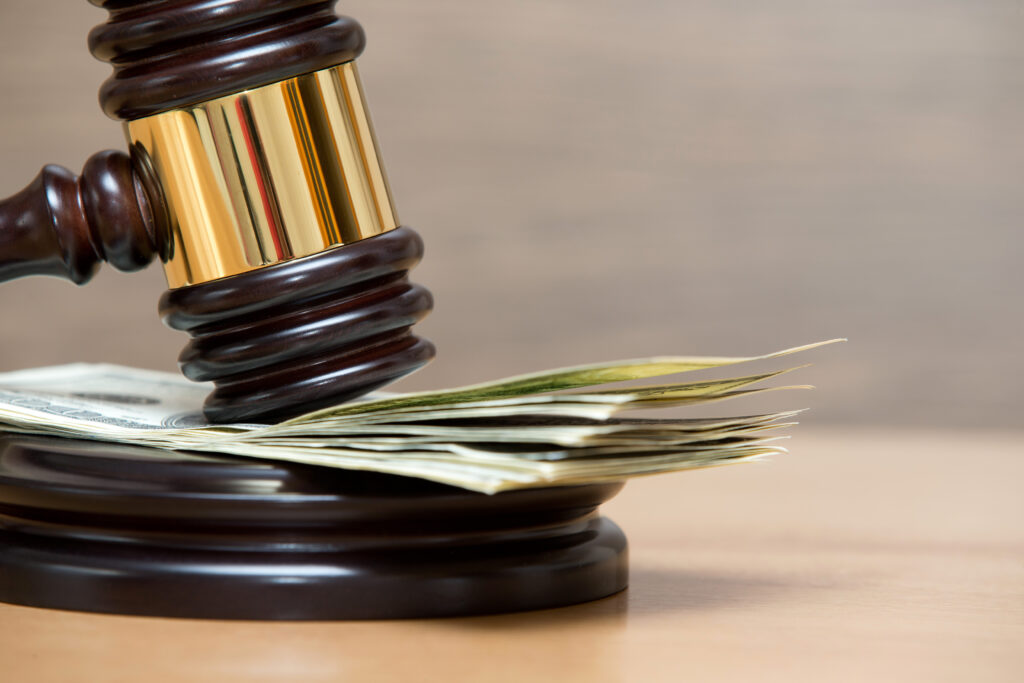Imagine being taken to court over something you were not responsible for. Sounds unfair? That’s because it is unfair, but it is happening at an alarming rate thanks to a “sue first, ask questions later” practice often referred to as over-naming.
What is Over-Naming?
Over-naming happens when lawyers, rather than carefully investigating their client’s claims before filing a lawsuit, name as many potential defendants as possible. Many are ultimately dismissed from the lawsuit without settling or making any payment, but this can take months or even years and often forces improperly named defendants to hire lawyers and go through expensive discovery processes. Some defendants decide to settle cases in which they’re over-named, even though they couldn’t be shown to be liable or responsible for an alleged injury, just to avoid these onerous expenses. While it’s possible for plaintiffs to have legitimate claims against multiple defendants, over-naming drives up litigation costs, contributes to corporate bankruptcies, and clogs courts. By complicating suits and slowing the resolution of cases, it also delays recoveries for actual victims.
The reason companies are named as defendants, even when they have little or nothing to do with the alleged harm, is simple: plaintiffs’ lawyers want more money. Over-naming is especially common in asbestos lawsuits. As litigation drove the manufacturers of the most common and most dangerous asbestos-containing products, like insulation, into bankruptcy, lawyers began to target other less-involved companies in new lawsuits. As the number of potential targets grew, some began filing “boilerplate” complaints that included dozens—sometimes one hundred or more—defendants without thoroughly researching which companies may actually be involved in a specific case. This “sue first” approach has worked well for the lawyers but forces innocent companies to bear hefty costs for harm they didn’t cause.
Unfair Legal Trends
New ILR research shows this is true in the Philadelphia Court of Common Pleas, one of the country’s busiest asbestos litigation dockets. ILR Briefly: The Asbestos Over-Naming and Trust Transparency Problem: A Philadelphia Case Study examines a set of Philadelphia-based asbestos lawsuits from the years 2017-2021. The study found that, on average, 38 defendant companies are named in each case, but only half of them are eventually identified as alleged sources of plaintiffs’ asbestos exposures. The others are then dismissed, with plenty of resources, money, and time wasted on litigation and discovery.
The research points to how this unfair practice is becoming a trend that warrants a legislative or judicial response. The results of the Philadelphia case analysis emphasize the importance of prompt disclosure of trust claims and compensation entitlements during tort suits. In recent years, some states, such as Arizona in 2022 and Utah in 2023 have passed laws to prevent over-naming in asbestos suits.
However, if additional states don’t follow with similar actions, plaintiffs’ lawyers are likely to steer cases into courts like the Philadelphia Court of Common Pleas, where they can continue to drag companies through unnecessary litigation. As the paper concludes, the “over-naming” strategy may contribute to a continued cycle of asbestos bankruptcy filings, lengthening cases and reducing the resources available to those with strong claims.


